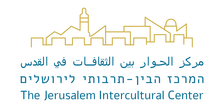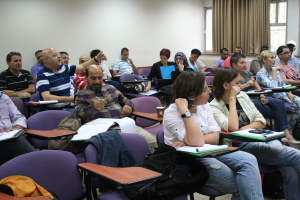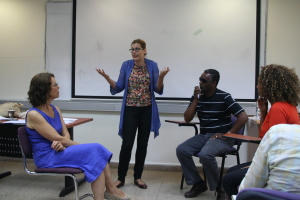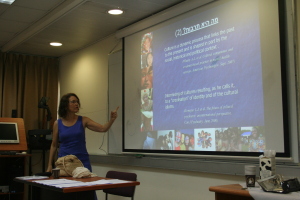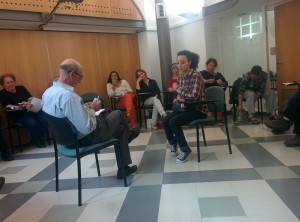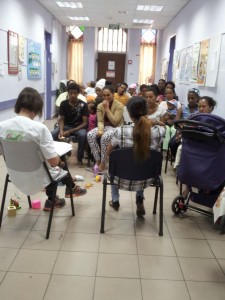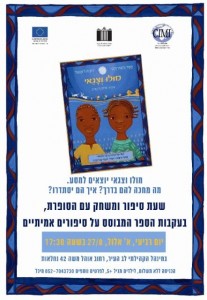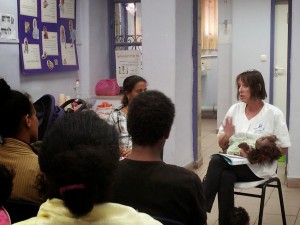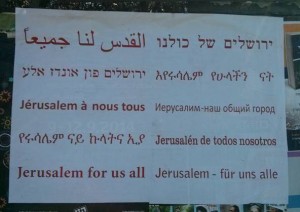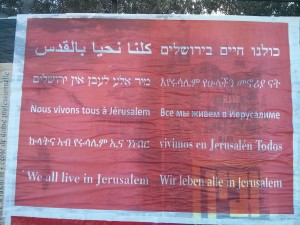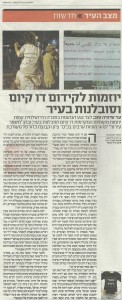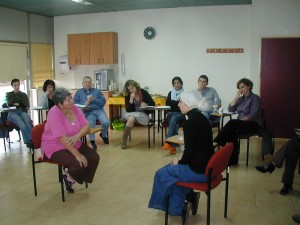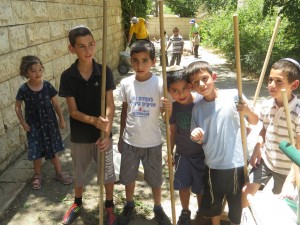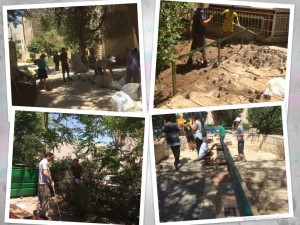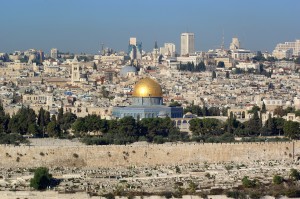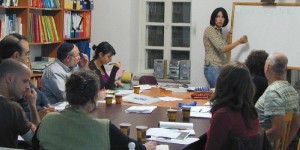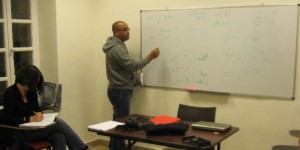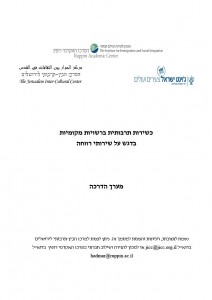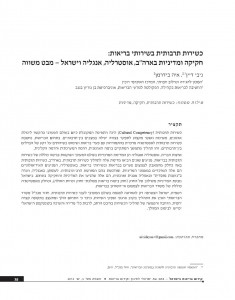New Medical Interpreters Course for Mental Health Professionals
Cultural competency in mental health hospitals is moving forward and spreading, thanks to our Cultural Competency Desk. Last month, on 23 October 2014, we finished the first part of a medical interpreting course for some 30 professionals in the mental health fields from seven institutions from all over the country. While we’ve been involved with courses for specific institutions (at Abarbanel and the Jerusalem Center for Mental Health), this is the first time professionals are coming from all over the country for such a course. The idea for the course was brought up at a meeting of the Forum for Cultural Competency Coordinators in Mental Health that was held at the Mazor (Mazra) Hospital north of Acco, which was facilitated by the JICC. What ensued was a unique partnership between public mental health institutions and the JICC, which enabled the course to come to fruition. Many special thanks go to the cultural competency coordinator at Mazra, Mr. Yaron Nachmias, and Dr. Anne-Marie Ullmann, of the Beer Yaakov Mental Health Center.
In all there were 27 participants, who spoke Arabic, Russian and Amharic. In the course they learned the basics of medical interpretation in the mental health fields, which is one of the most challenging areas, both for the interpreter and for all those (patients, family as well as caregivers) who are involved in the diagnosis and treatment process. Course participants learned about the challenges of oral interpretation, the practiced correct work methods, and dealing with professional and personal dilemmas. They enriched their knowledge in language-specific issues and and terminology in separate groups for each individual language.
Now, after the end of the course, the greatest challenge is to help the cultural competency coordinators to assimilate cultural competency principles into everyday practice at their institutions. This will mean learning to utilize the services of the trained interpreters in the everyday operations of the hospitals.
